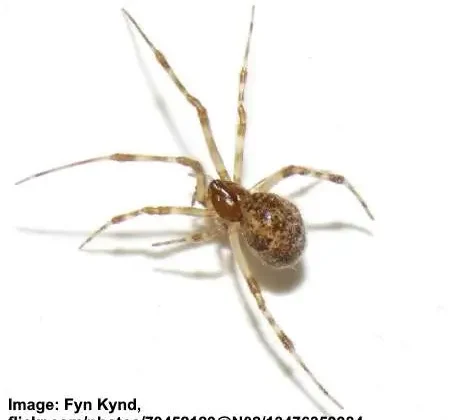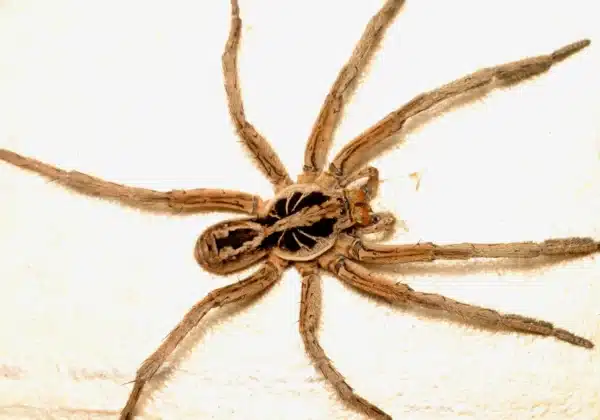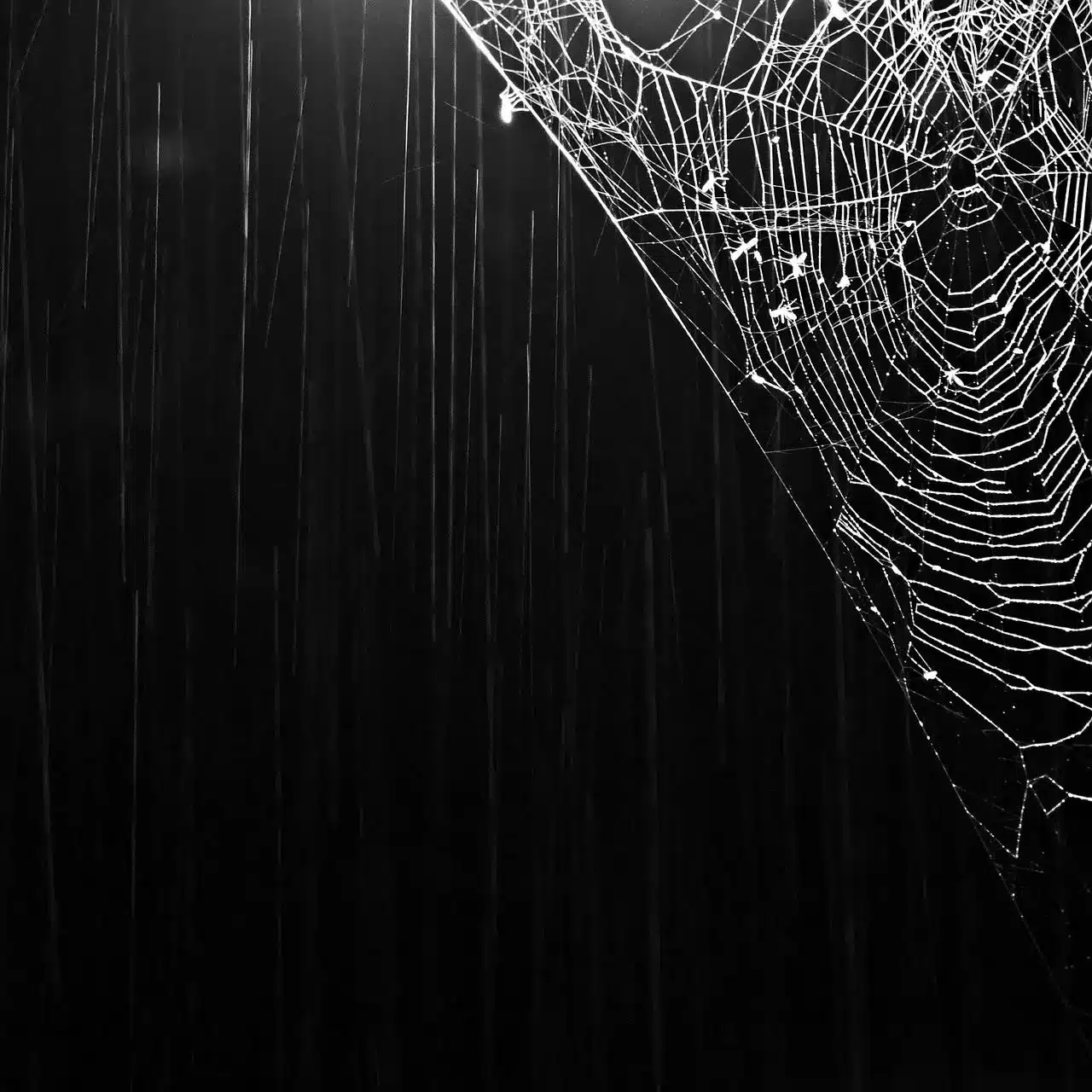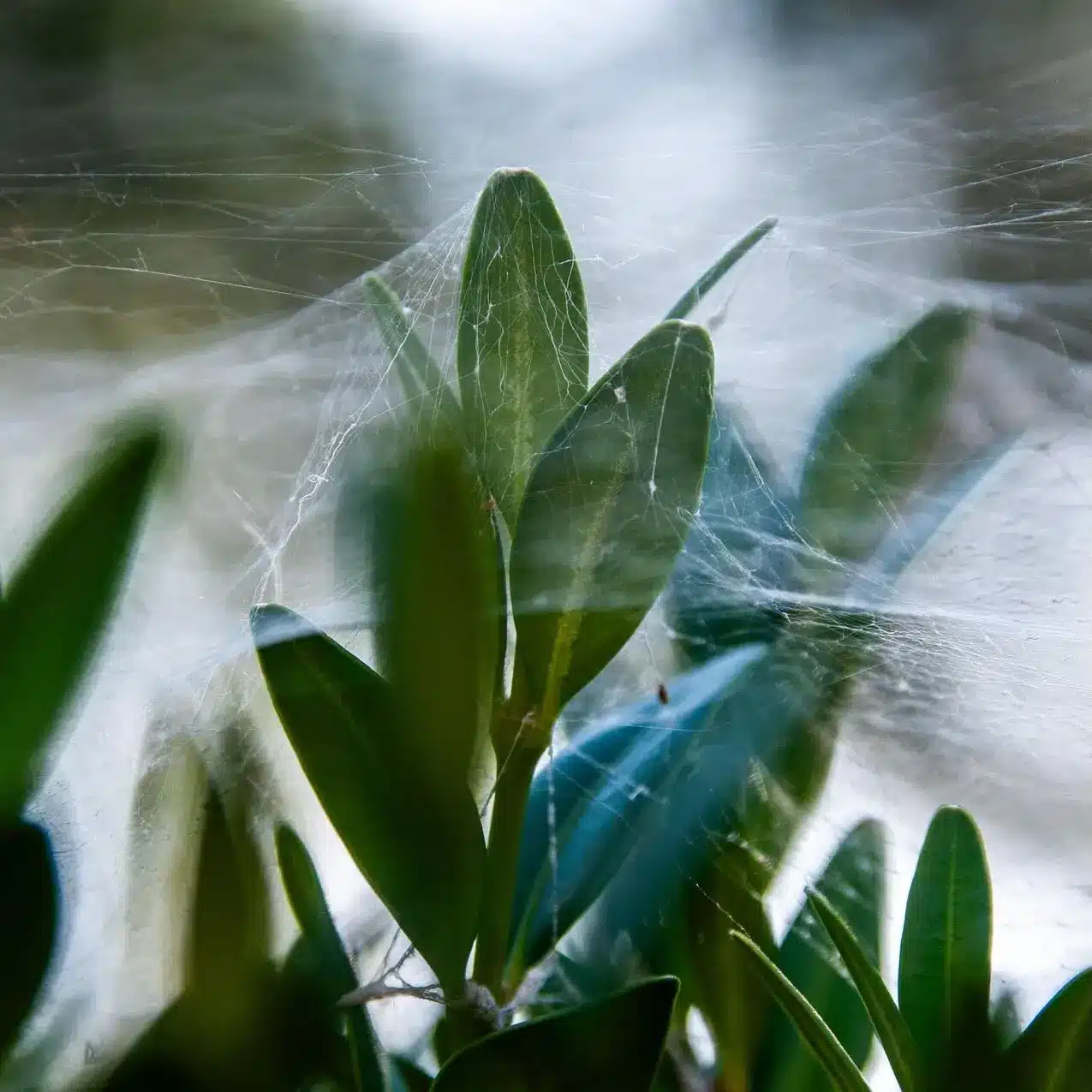Spiders
Webs and Worries: Managing Spiders in Toronto’s Urban Spaces—Identifying species, preventing infestations, and safe removal tips


Wolf Spiders (Family: Lycosidae)

Signs of Spider Infestations
Cobwebs in corners, windows, or ceilings, along with silken, round egg sacs hidden away, suggest spiders are actively establishing their territory. Frequent sightings at night and shed exoskeletons near baseboards or dark areas further confirm a thriving spider presence that may require monitoring and control.
To keep spiders out:
-Seal cracks in walls, windows, and doors with caulk.
-Install tight-fitting screens on vents and windows.
-Reduce outdoor lighting to avoid attracting prey insects.
-Declutter basements, garages, and storage areas.
-Trim vegetation and remove debris near building foundations.
-Clean webs promptly to discourage resettlement.

Preventing Spider Damage
Minimizing infestations involves breaking the pest’s life cycle and cutting off their food supply. This means eliminating alternative food sources, like other insects, and clearing clutter where pests hide. Regular vacuuming of webs and egg sacs removes potential breeding grounds, while storing firewood away from structures and maintaining dry indoor spaces reduces moisture, making the environment less inviting for moisture-loving species.

Effective Spider Treatment
For non-venomous spiders, DIY methods like vacuuming or sticky traps can capture and remove them effectively. Applying residual insecticides in cracks and other entry points creates a barrier against future infestations. For venomous species, such as black widows, contact licensed pest control immediately. Professionals use targeted treatments and exclusion techniques to ensure safe, efficient removal while minimizing risks.
Common Questions about Spiders
See below to learn more about Spiders in Ontario, including available treatment options and prevention.
Common species include house spiders, wolf spiders, and cellar spiders. Black widows are rare but present in more secluded or rural areas.
Look for excessive webs, egg sacs, or frequent sightings. An increase in prey insects (e.g., flies) may also attract spiders.
Clutter, darkness, and abundant insects. Open windows, gaps in doors, and outdoor lighting near entry points also invite them.
Yes. Spiders overwinter indoors, often hiding in basements or attics. Some species remain active year-round.
For venomous species or large infestations, yes. Professionals address root causes like prey insects and entry points, ensuring long-term control.

Termites

Wasps

Mice & Rats

Spiders

Bed Bugs

Cockroaches

Fleas

Carpet Beetles
